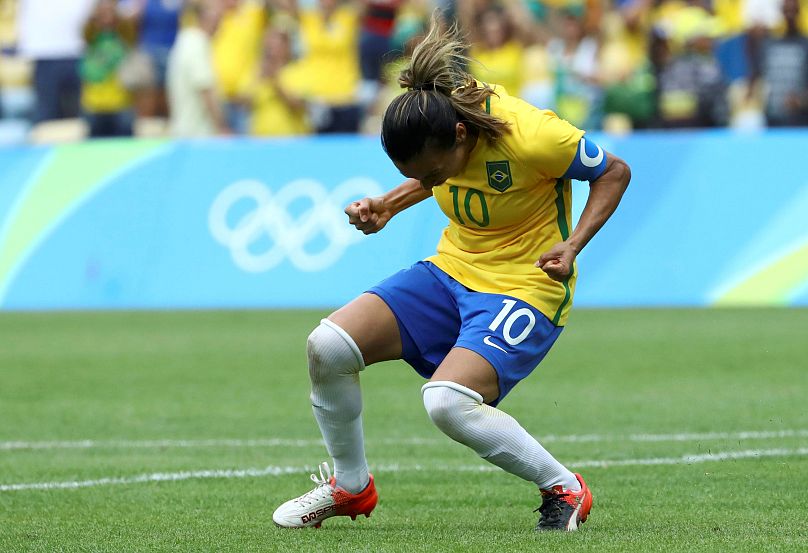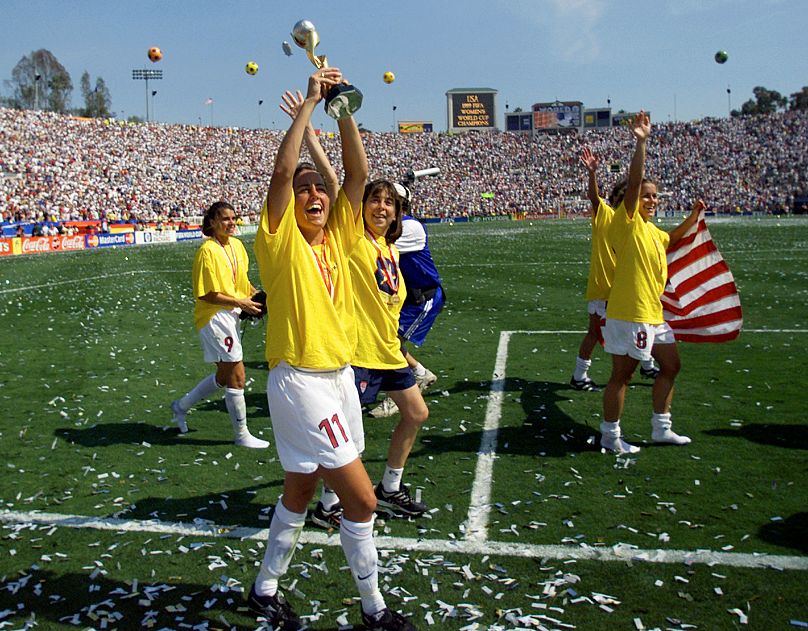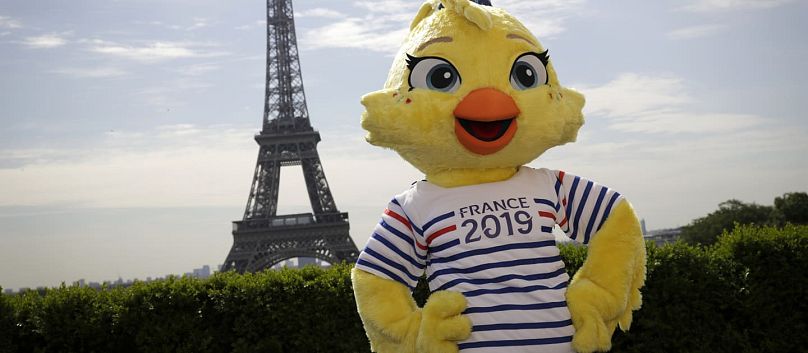The eighth Women's World Cup takes place this summer at stadiums across France, with the host nation taking on South Korea on June 7 in Paris. Here are 10 things to know ahead of the big kick off.
The eighth Women's World Cup takes place this summer at stadiums across France, with the host nation taking on South Korea on June 7 in Paris. Here are 10 things to know ahead of the big kick off.
Top goalscorer
The top goalscorer in Women's World Cup competitions is Brazilian Marta (full name Marta Vieira da Silva) with 15.
She has the chance to improve this record in France, as she is still part of Brazil's squad at the age of 33.
The greatest goal was this stunner by Mexican Ocampo
FIFA held a vote on its website to find out fans' greatest goal of all time - and in first place was Mónica Ocampo's long-range strike for Mexico against England in 2011. Pick that one out.
The first official Women's World Cup wasn't held until 1991
The first official FIFA Women's World Cup was held in 1991 - with USA becoming the first winners.
It was held in China PR, and 12 teams competed in front of average crowds of 19,615 - but unofficial tournaments had taken place before that.
The USA Women's team are the most successful in history
They have lifted the World Cup three times - standing in stark contrast to the Men's team, which boasts a third place finish in the inaugural Men's World Cup in 1930 as its best ever finish.
They won in 1991, 1999 and 2015.
This year there will be 24 teams competing
This is the same number as at the 2015 World Cup, which saw an expansion from the 16 taking part in 2011.
The men's tournament has had 32 teams competing since 1998.
The youngest ever player at a Women's World Cup was just 16
Nigeria's Ifeanyi Chiejine became the youngest player to feature when she played against Korea DPR during USA 1999 at the tender age of 16 years and 34 days.
Average attendance at tournaments fluctuates
While the average attendance at the last two World Cups in 2011 and 2015 were both above that of the inaugural tournament, attendance has fluctuated through the years.
- China PR 1991 - 19,615
- Sweden 1995 - 4,316
- USA 1999 - 37,319
- USA 2003 - 21,240
- China PR 2007 - 37,218
- Germany 2011 - 26,428
- Canada 2015 - 26,029
This year's mascot is the daughter of France 98's Footix
FIFA describes this year's mascot as a "young French poussin named ettie".
'ettie' is the daughter of Footix, the mascot for the 1998 Men's World Cup in France, the footballing body added.
The 2015 World Cup was the subject of a "turf war" lawsuit
A group of players at the last World Cup finals sued FIFA over the decision to play games on artificial grass, which they argued was unsafe and did not provide an equal playing field to the men's World Cup - which is always played on grass.
FIFA denied the charge of discrimination, and the players eventually dropped the case.
VAR returns
The Video Assistant Referee system, which was one of the major talking points after its introduction to the men's World Cup last summer, will be used this summer in France.














